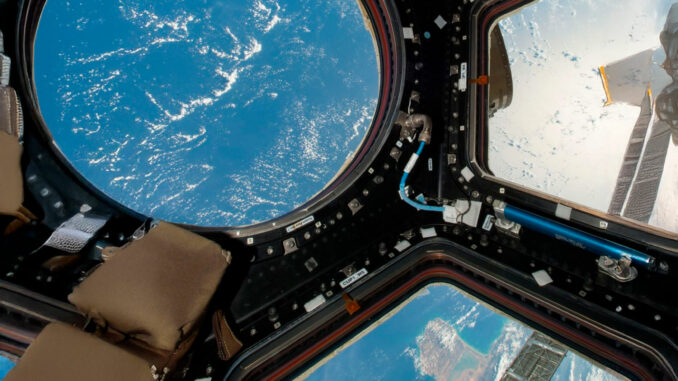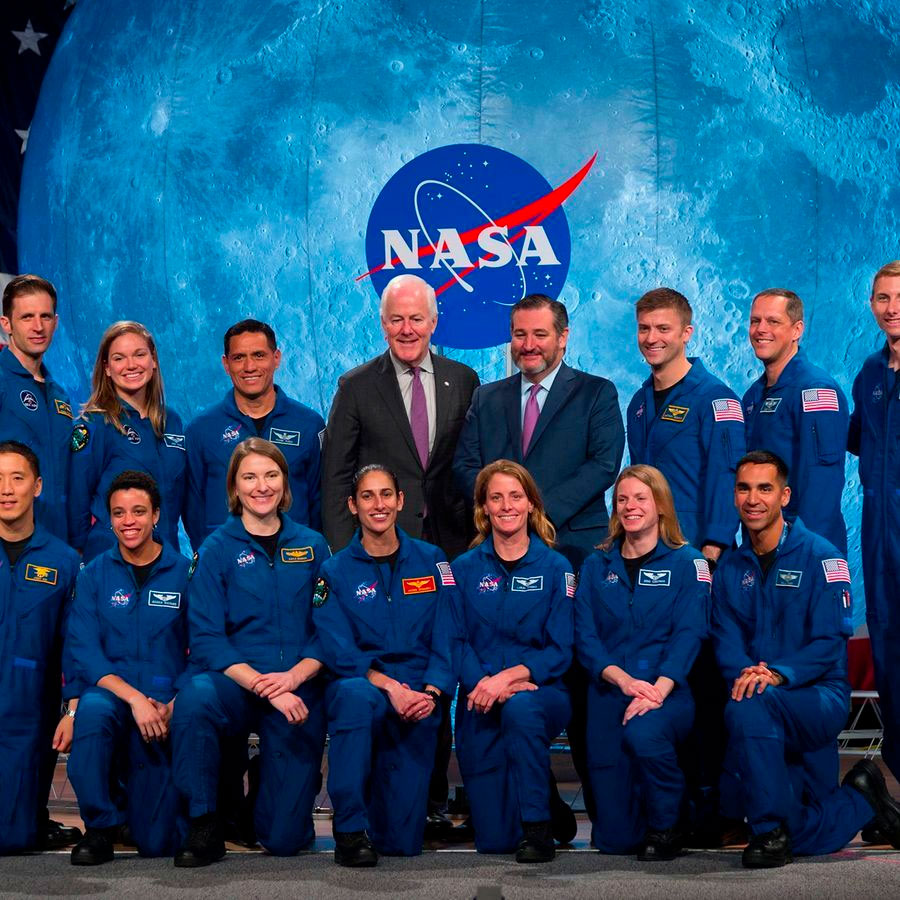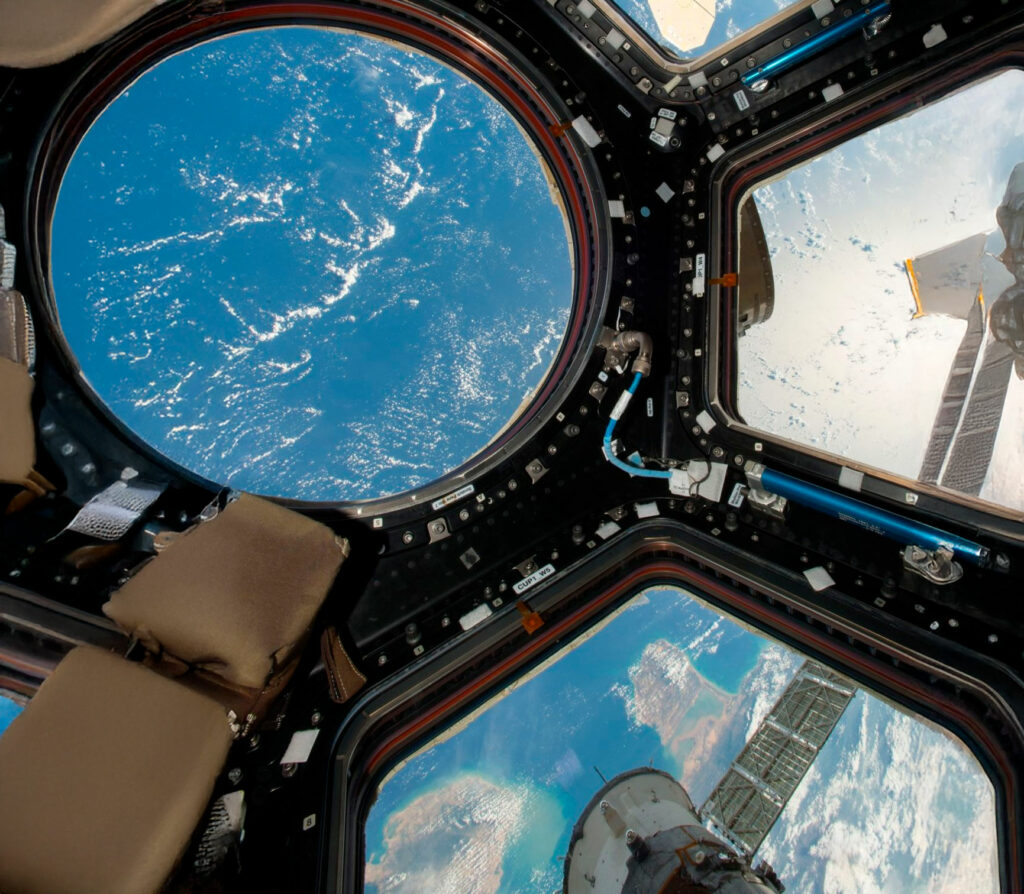
Report highlights safety challenges of Moon to Mars programs, transition to commercial low-Earth orbit stations and ISS operations.
NASA’s Aerospace Safety Advisory Panel (ASAP) has released its 2024 annual report, assessing the agency’s safety performance. The report addresses NASA’s strategic vision, management of the Moon to Mars program, the future of the U.S. presence in low-Earth orbit, and human health risks in space exploration. It highlights progress in strategic planning and governance, while emphasizing the need to adapt risk management strategies in the context of increasing commercial space activity. Key concerns include risks to human health in space and the potential impact of budget constraints on safety.
NASA’s Aerospace Safety Advisory Committee Annual Report 2024
The Aerospace Safety Advisory Panel (ASAP), which advises NASA and the US Congress, has published its 2024 Annual Report, assessing the agency’s safety performance, achievements and challenges over the past year. The report examines NASA’s strategic vision, management of the Moon to Mars program, the future of the U.S. presence in low-Earth orbit and the risks to human health in space exploration. The report is available on the NASA website.
NASA’s progress in strategic planning and governance
Over the past year, NASA has continued to make significant progress towards achieving the recommendations made by the committee in recent years. The report highlights the importance of the agency’s focus on vision, strategy, governance and program management for the safe execution of its complex and critical national mission. Among notable initiatives, the report cites the NASA 2040 initiative, which aims to align long-term goals between NASA headquarters and its centers. In addition, the creation of the Moon to Mars Program Office in 2023 is highlighted as an important step in integrating safety and risk management into the Artemis campaign.

Adapting safety strategies in a context of growing commercial space activity
The report emphasizes the importance of adapting NASA’s safety and risk management strategies in an era of increasing commercial space activity. The committee reiterates its 2021 recommendations regarding the reassessment of NASA’s role in an evolving industrial landscape, including its relationships with private and international partners. This adaptation is essential to ensure mission safety in an increasingly complex and interconnected environment.
Key safety concerns for Moon to Mars efforts and International Space Station operations
The report identifies key safety concerns for NASA’s Moon to Mars efforts, the transition to commercial destinations in low-Earth orbit, and ongoing International Space Station operations. It also addresses risks to human health in space and the potential impact of budget constraints on safety. These concerns underline the need for continued attention and proactive risk management to ensure the success and safety of current and future space missions.
The committee’s conclusions based on fact-finding missions and direct observations
The committee’s findings are based on fact-finding missions, quarterly public meetings, direct observations of NASA operations, and discussions with agency personnel and contractors. This comprehensive approach enables the committee to provide in-depth assessments and informed recommendations for improving the safety and performance of NASA’s space programs.
The implications of budget constraints on space mission safety
The report discusses the potential impact of budget constraints on the safety of space missions. Budget cuts can affect NASA’s ability to maintain and improve critical infrastructure, fund essential safety programs and support research into human health risks in space. For example, a $91 million reduction in NASA’s FY 2024 budget could result in the postponement of numerous construction and environmental compliance projects, including critical safety and compliance projects at all NASA centers. These financial constraints underscore the need for strategic budget planning to ensure the safety and success of space missions.
Human health risks in space exploration
The report highlights the human health risks associated with space exploration, including exposure to space radiation, the effects of microgravity on the human body, and the psychological challenges associated with isolation and confinement. For example, prolonged exposure to space radiation can increase the risk of cancer and lead to organ damage. In addition, microgravity can lead to loss of bone and muscle mass, as well as alterations to the cardiovascular system. Understanding and managing these risks is essential to ensure the safety and well-being of astronauts on long-duration missions to the Moon, Mars and beyond.
The transition to commercial destinations in low-Earth orbit
The report addresses NASA’s transition to commercial destinations in low-Earth orbit, emphasizing the importance of effective collaborations with commercial partners to ensure the continuity of low-Earth orbit operations after the eventual retirement of the International Space Station. This transition requires careful planning to ensure that NASA’s high safety standards are maintained in commercial partnerships, and that critical research capabilities are maintained.
The evolution of Low Earth Orbit (LEO) activities towards commercial operations poses technical and financial challenges. NASA plans to end direct funding of the ISS by 2030, and is encouraging private companies to develop commercial space stations. Currently, companies such as Axiom Space, Blue Origin and Northrop Grumman are working on concepts for autonomous orbital stations.
NASA’s Commercial LEO Destinations (CLD) program aims to support this transition by allocating a budget of 415.6 million euros ($450 million) to selected companies. However, the private investment required to build space stations exceeds 2.8 billion euros ($3 billion). The profitability of these stations will depend on their ability to accommodate astronauts and commercial customers for pharmaceutical research, materials testing and space tourism.
At the same time, NASA will have to ensure that safety and operability standards are met by the new players. The certification and regulatory authority remains a key issue: currently, the Federal Aviation Administration (FAA) oversees commercial launches and returns, but more structured governance will be needed to manage in-orbit habitats.
Risks associated with manned space exploration
The report focuses on the biological and psychological risks of extended space missions. Lunar and Martian voyages present major challenges:
- Exposure to space radiation: The absence of a protective atmosphere exposes astronauts to radiation levels 50 to 100 times higher than on Earth, increasing the risk of cancer, neurological disorders and cardiovascular disease.
- Effects of microgravity: A loss of 1 to 1.5% of bone mass per month is observed during prolonged stays in weightlessness. In the long term, this can lead to severe osteoporosis.
- Psychological problems: Isolation, sensory deprivation and prolonged distance from Earth are aggravating factors for depression, sleep disorders and interpersonal tensions.
To mitigate these risks, solutions are being studied:
- Radiation shields to limit exposure
- Weightlessness exercises to prevent muscle degeneration
- Psychological simulations to prepare crews for long periods in space.

NASA’s financial and strategic challenges
Budget constraints impact mission planning and execution. NASA’s overall budget for 2024 is €24.9 billion ($27 billion), but several programs are suffering from restrictions. For example, the Artemis program, designed to return to the Moon, requires 90 billion euros ($98 billion) by 2028.
The development and maintenance costs of new space infrastructures also raise questions. The Gateway lunar station, a key element of the Moon to Mars program, is estimated to cost 5.6 billion euros (6.1 billion dollars) for its initial phase. Maintaining current space infrastructures, notably the ISS, already consumes 2.3 billion euros ($2.5 billion) a year.
International alliances are crucial to sharing these costs. NASA is collaborating with ESA (European Space Agency), JAXA (Japan) and Roscosmos (Russia) on several projects, but geopolitical tensions could limit these partnerships, particularly with Russia.
Strategic implications of the ASAP report
The ASAP report directly influences the choices made by NASA and the US Congress. Several recommendations could lead to :
- a tightening of safety standards for commercial partners
- A revised schedule for the Moon to Mars program
- Prioritization of investments in human risk research
Finally, the increase in commercial activity in low-Earth orbit and the growing militarization of space call for a rethink of the governance of future infrastructures. Collaboration between public agencies and private companies must evolve to guarantee optimum safety and an effective regulatory framework.
The 2024 report highlights a strategic transition for NASA. The challenges of funding, security and governance will determine the success of future lunar and Mars missions, and the place of the United States in space exploration over the next two decades.
War Wings Daily is an independant magazine.